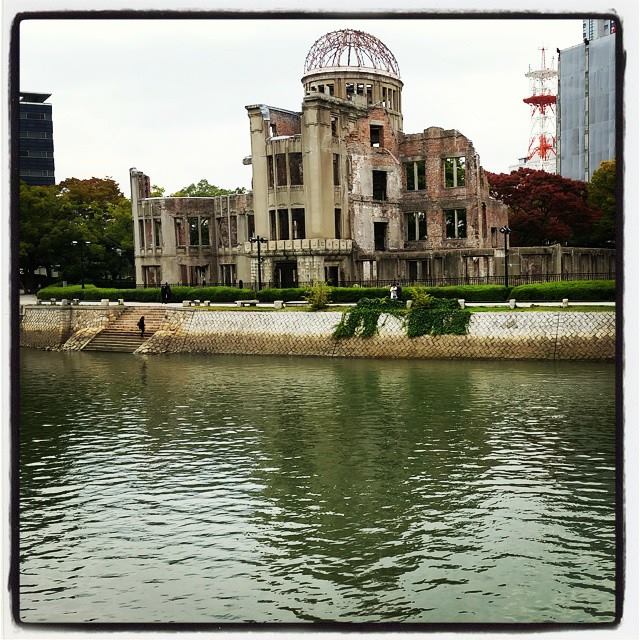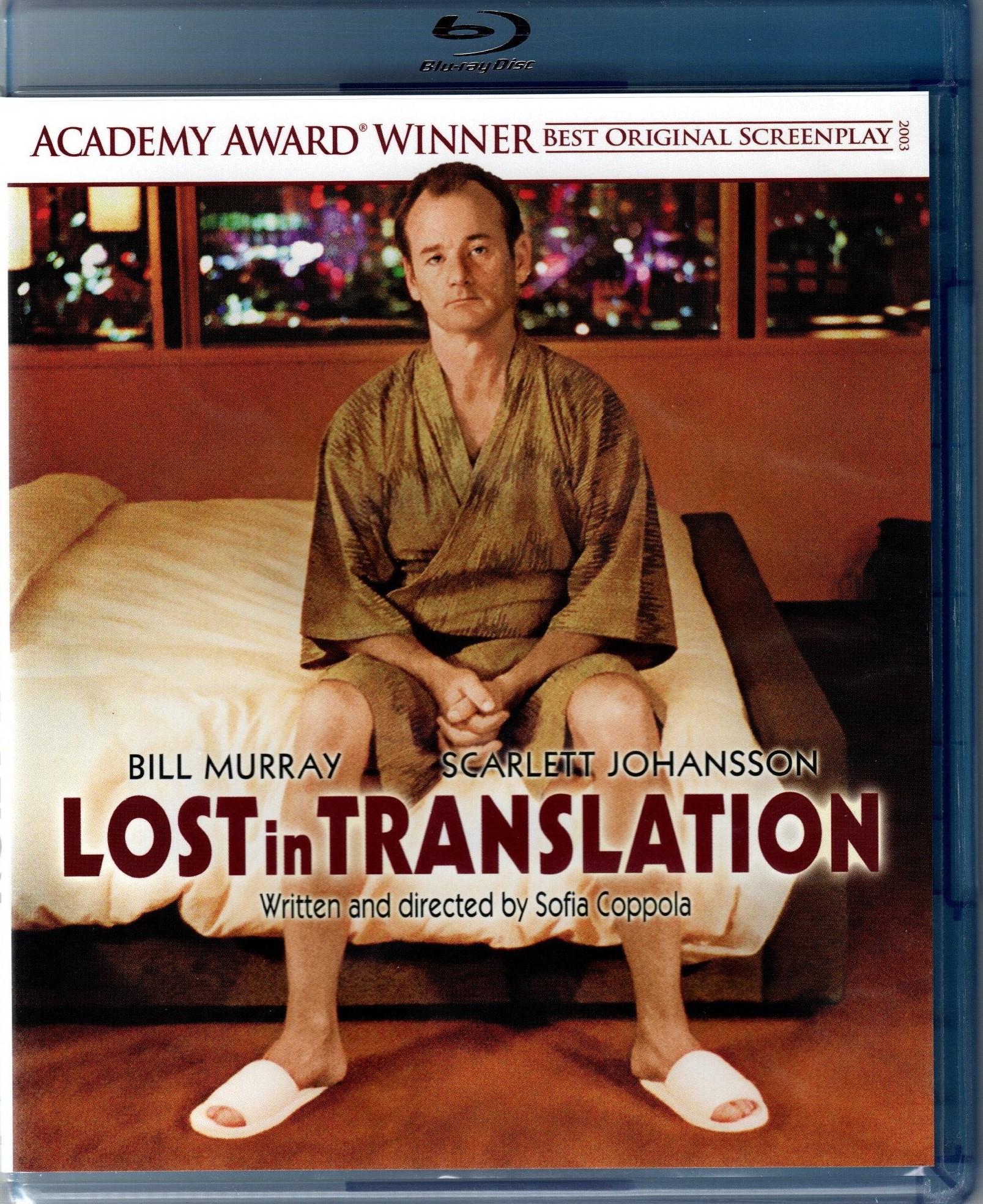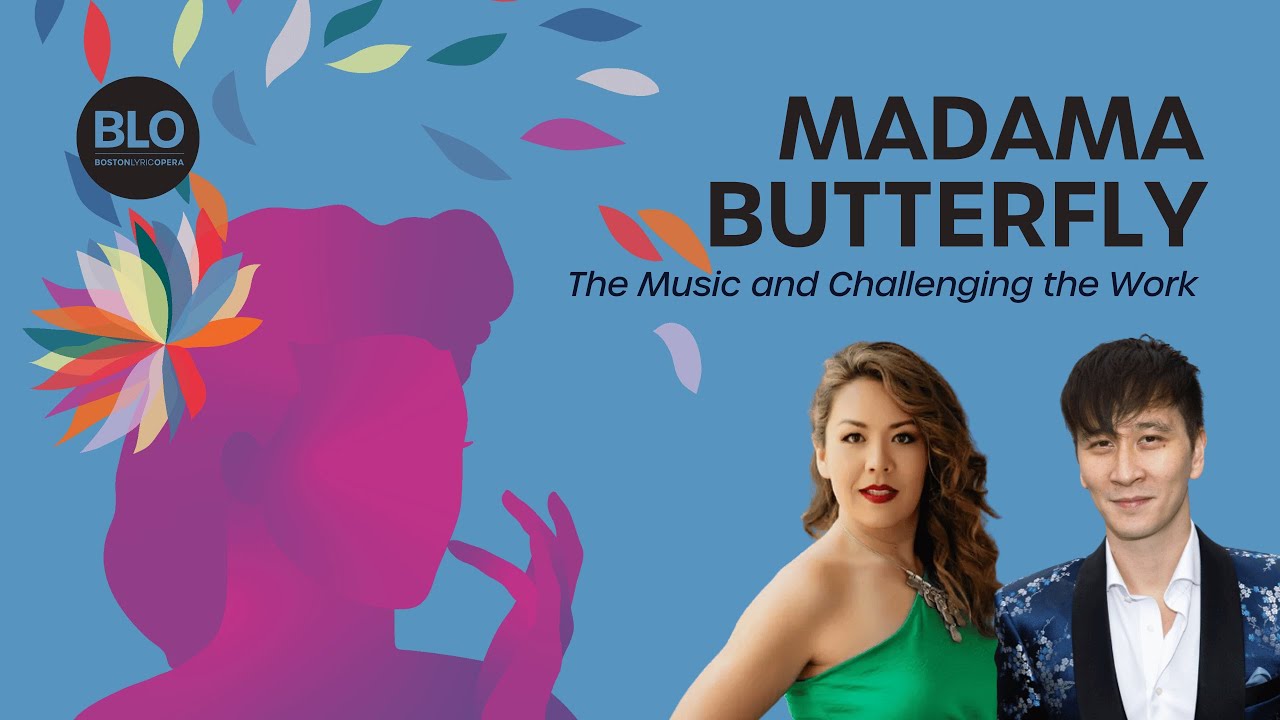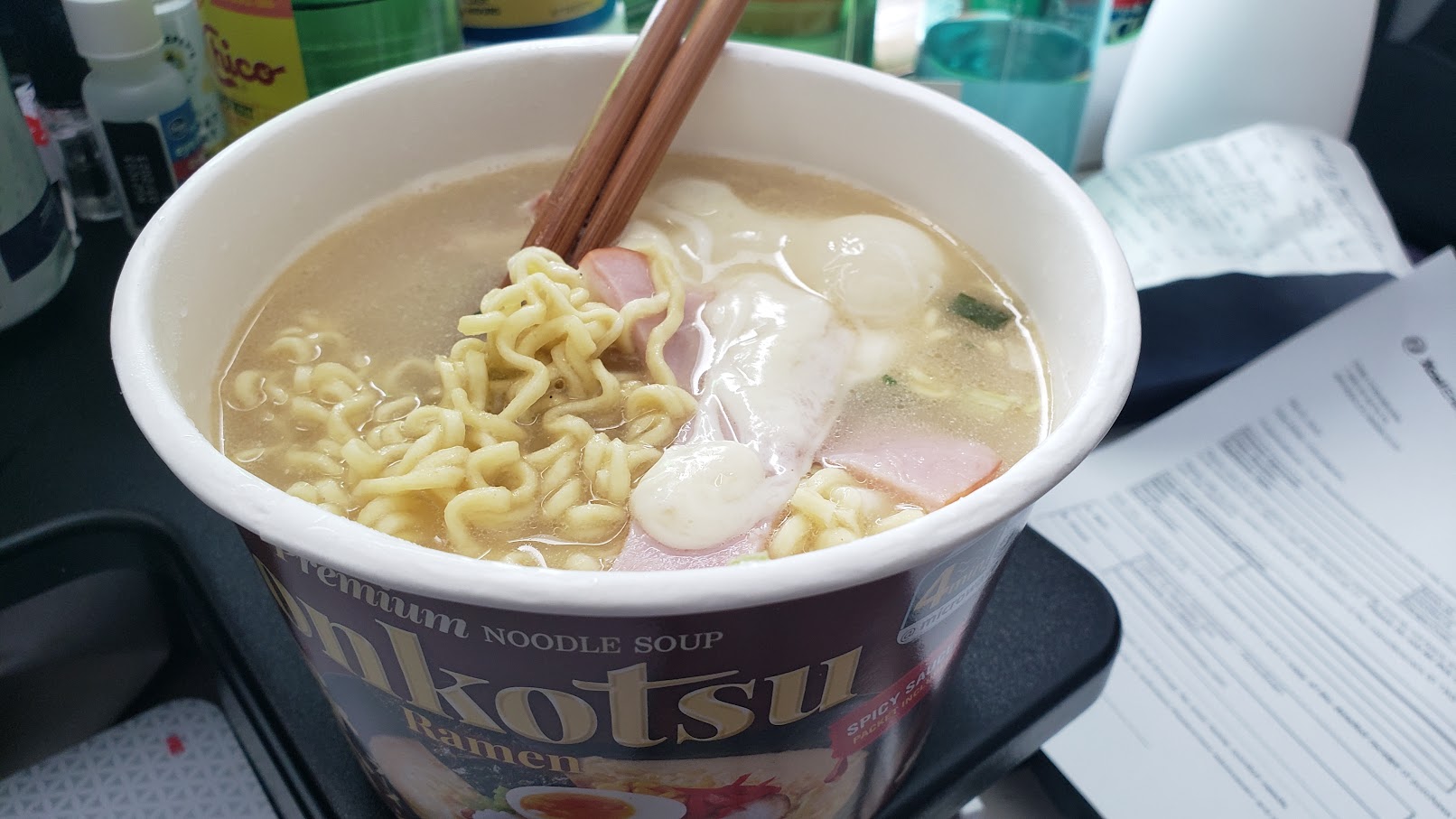December 2, 2009
Tiger Woods apologizes to family, fans… now, let’s move on
 I've avoided the media feeding frenzy over Tiger Woods because it just didn't seem that big a deal. I was concerned when the first reports of his accident came out and some media outlets reported he was seriously injured, but that turned out to be incorrect. When he was released with minor injuries, I decided it was a minor story. Then the story grew legs -- female legs.
Tiger's life is primarily lived on the golf course. He'll go down in history as an incredible athlete, maybe the best ever in golf. He'll also be revered as both the first and greatest African American and Asian American in golf (like Barack Obama, he's claimed by both communities with equal adoration). His private life makes headlines too, sure. But he doesn't live in a 24/7 media bubble like, say, Jon and Kate Gosselin (oops, I didn't mean to ever mention that Fallen Asian American Dude ever again...). Tiger has taken care to keep his private life, well, private.
So it saddened me to see the media circus that exploded over his accident, and the reports of his having an affair. It cheapens his stature as an athlete, and whatever his private screw-ups, they weren't related to his sport, like Michael Jordan or Pete Rose's problems with gambling. And he wasn't smearing his romantic dalliances in the tabloid media's lenses like that Fallen Asian American Dude, for the sake of an extra 15 minutes of fame. Tiger doesn't need a mere 15 minutes -- his accomplishments will shine for a damned long time.
I was also saddened that he didn't respond in a very smart way. Some experts started whispering that he's damaging his mega-profitable brand by not speaking to the police and the media about the accident.
I've avoided the media feeding frenzy over Tiger Woods because it just didn't seem that big a deal. I was concerned when the first reports of his accident came out and some media outlets reported he was seriously injured, but that turned out to be incorrect. When he was released with minor injuries, I decided it was a minor story. Then the story grew legs -- female legs.
Tiger's life is primarily lived on the golf course. He'll go down in history as an incredible athlete, maybe the best ever in golf. He'll also be revered as both the first and greatest African American and Asian American in golf (like Barack Obama, he's claimed by both communities with equal adoration). His private life makes headlines too, sure. But he doesn't live in a 24/7 media bubble like, say, Jon and Kate Gosselin (oops, I didn't mean to ever mention that Fallen Asian American Dude ever again...). Tiger has taken care to keep his private life, well, private.
So it saddened me to see the media circus that exploded over his accident, and the reports of his having an affair. It cheapens his stature as an athlete, and whatever his private screw-ups, they weren't related to his sport, like Michael Jordan or Pete Rose's problems with gambling. And he wasn't smearing his romantic dalliances in the tabloid media's lenses like that Fallen Asian American Dude, for the sake of an extra 15 minutes of fame. Tiger doesn't need a mere 15 minutes -- his accomplishments will shine for a damned long time.
I was also saddened that he didn't respond in a very smart way. Some experts started whispering that he's damaging his mega-profitable brand by not speaking to the police and the media about the accident.









 Erin and I are finishing off 2009 on visualizAsian.com's AAPI Empowerment Series with
Erin and I are finishing off 2009 on visualizAsian.com's AAPI Empowerment Series with 
 The new movie "
The new movie "
 On our recent trip to LA, and a previous trip to San Francisco, I've been obsessed with buying various versions of the Maneki Neko, the iconic Japanese cat statues with upraised paw, holding on to a gold coin with the other paw.
"Maneki Neko" translates literally to "welcoming cat," and its paw beckons to people in the Asian style, palm out and fingers moving down to say "yo! come here!"
I grew up seeing these cat statuettes everywhere in Japan, so they're a part of my childhood memories. I always liked seeing them in Japaneses businesses here in the U.S. But in recent years, the Maneki Neko, which is supposed to bring good fortune, wealth (if the right paw's raised) or more customers (if the left paw's raised), has become a familiar site at all sorts of Asian businesses from Korean restaurants to Asian gift stores and souvenir shops. There are a dizzying array of neko styles, shaoes and sizes.
I keep buying tiny porcelain ones, but this time in LA, I had to have a silly plastic one that's solar-powered with three cats -- one large one and two kittens -- whose heads bob back and forth. Some solar powered ones wave their paws, but something about the bobbing heads makes me smile, so I have it on my cube wall at the office.
On our recent trip to LA, and a previous trip to San Francisco, I've been obsessed with buying various versions of the Maneki Neko, the iconic Japanese cat statues with upraised paw, holding on to a gold coin with the other paw.
"Maneki Neko" translates literally to "welcoming cat," and its paw beckons to people in the Asian style, palm out and fingers moving down to say "yo! come here!"
I grew up seeing these cat statuettes everywhere in Japan, so they're a part of my childhood memories. I always liked seeing them in Japaneses businesses here in the U.S. But in recent years, the Maneki Neko, which is supposed to bring good fortune, wealth (if the right paw's raised) or more customers (if the left paw's raised), has become a familiar site at all sorts of Asian businesses from Korean restaurants to Asian gift stores and souvenir shops. There are a dizzying array of neko styles, shaoes and sizes.
I keep buying tiny porcelain ones, but this time in LA, I had to have a silly plastic one that's solar-powered with three cats -- one large one and two kittens -- whose heads bob back and forth. Some solar powered ones wave their paws, but something about the bobbing heads makes me smile, so I have it on my cube wall at the office.
 Erin and I just spent a great weekend in LA, and all day yesterday was the main event: We attended
Erin and I just spent a great weekend in LA, and all day yesterday was the main event: We attended  Before the Paramount comedy "
Before the Paramount comedy "